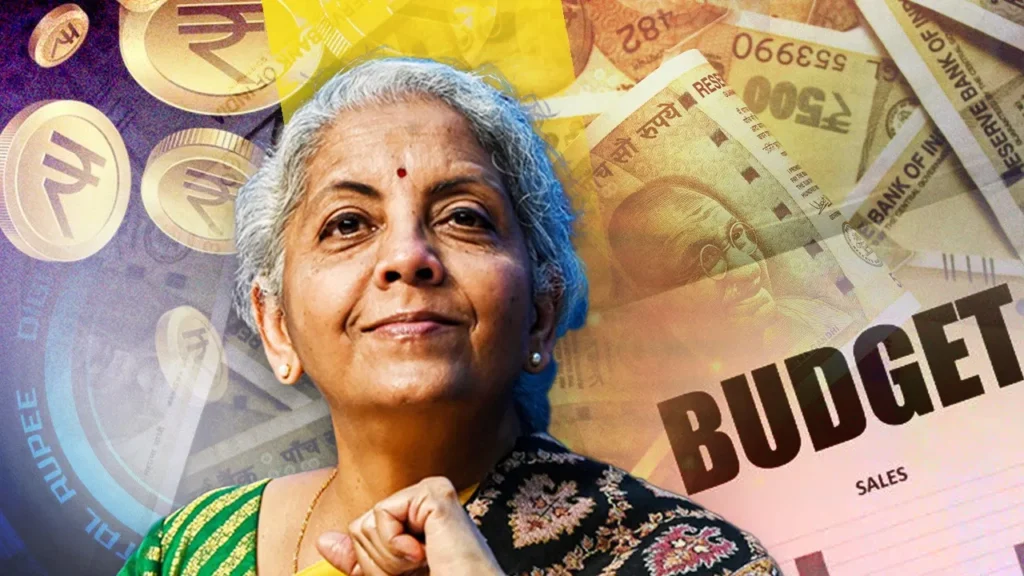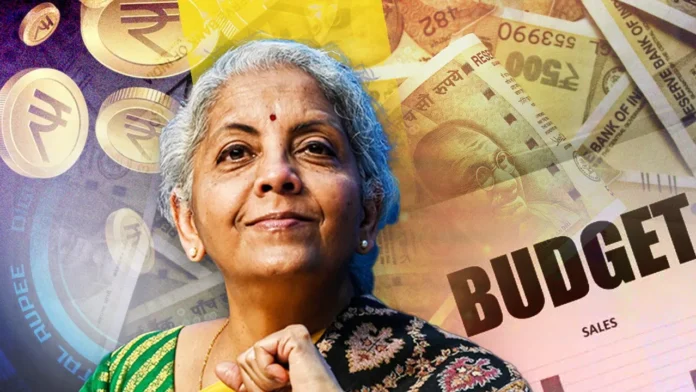Top 10 Highlights of India’s Union Budget 2025
n February 1, 2025, Finance Minister Nirmala Sitharaman presented the Union Budget 2025, outlining a comprehensive strategy aimed at stimulating economic growth, providing substantial tax relief to the middle class, and fostering inclusive development across various sectors. his article delves into the top ten highlights of the budget, analyzing their potential impact on India’s economic landscape.
1. Significant Income Tax Reforms: Relief for the Middle Class
n a landmark move to enhance the spending power of the middle class, the government has revised the income tax structure. Individuals earning up to ₹12 lakh annually will now be exempt from paying income tax .his adjustment is anticipated to increase disposable income, thereby stimulating consumer demand and contributing to economic growth.

2. Fiscal Deficit Reduction: Commitment to Fiscal Prudence
he budget sets an ambitious target to reduce the fiscal deficit to 4.4% of GDP, down from the previous year’s 4.8%.o fund this deficit, the government plans to borrow ₹14.82 trillion through bonds.
his approach underscores the administration’s dedication to maintaining fiscal discipline while ensuring adequate funding for developmental initiatives.
3. Enhanced Capital Expenditure: Investing in Infrastructure
he total government expenditure for the fiscal year 2025-26 is projected at ₹50.65 trillion, marking an increase from ₹47.16 trillion in the revised estimates for 2024-25.his rise in spending is aimed at bolstering infrastructure projects, enhancing public services, and stimulating economic activity across various sectors.

4. Agricultural Initiatives: Boosting Farm Output
he budget introduces several measures to support the agricultural sector:
- Agriculture Accelerator Fund: stablishment of a significant fund to encourage agri-tech startups, aiming to enhance farm productivity and innovation.
- Promotion of Millets: Initiatives to promote the cultivation and consumption of millets, recognizing their health benefits and climate resilience. These steps are designed to increase farm output, ensure food security, and improve the livelihoods of farmers.
- 5. Manufacturing Sector Boost: Encouraging Domestic Production
o strengthen the manufacturing sector and reduce import dependence, the budget introduces the following measures:
- Production Linked Incentive (PLI) Scheme: ₹25,000 crore scheme targeting electronic components such as printed circuit boards, batteries, display units, and camera modules.
- Customs Duty Reforms: Removal of customs duty on waste and scrap of critical minerals, including antimony, cobalt, tungsten, copper, lithium-ion batteries, lead, zinc, and cobalt powder, to secure the availability of these materials for domestic manufacturing. hese steps are expected to enhance domestic manufacturing capabilities, promote self-reliance, and position India as a global manufacturing hub.
- 6. Financial Sector Reforms: Encouraging Investment
he budget outlines significant reforms in the financial sector to attract investment and stimulate growth:
- Foreign Direct Investment (FDI) in Insurance: he FDI limit in the insurance sector has been raised from 74% to 100%, encouraging greater foreign participation and investment.
- Customized Credit Cards for Micro Enterprises: Introduction of credit cards with a ₹5 lakh limit for micro enterprises registered on the Udyam portal, with an initial issuance target of 10 lakh cards in the first year. These reforms aim to enhance capital inflow, support small businesses, and strengthen the overall financial ecosystem.
- 7. Education and Skill Development: Building Human Capital
ecognizing the importance of education and skill development, the budget proposes several initiatives:
- Centre of Excellence in Artificial Intelligence: new center with an outlay of ₹500 crore to promote AI research and its application in education.
- Medical Education Expansion: ddition of 10,000 seats in medical colleges and hospitals in the next year, with a goal of adding 75,000 seats over the next five years.
- Broadband Connectivity: Provision of broadband connectivity to all government secondary schools and primary health centers in rural areas under the Bharat Net initiative. These initiatives aim to enhance the quality of education, promote technological advancement, and improve healthcare services in rural areas.
- 8. Urban Development: Sustainable City Planning
he budget emphasizes sustainable urban development through the following measures:
- Urban Infrastructure Development Fund: reation of a fund to support infrastructure projects in Tier 2 and Tier 3 cities, focusing on public transport, water supply, and waste management.
- Green Urban Mobility: llocation of funds for the development of electric vehicle infrastructure and promotion of non-motorized transport options. hese initiatives aim to improve the quality of urban life, reduce environmental impact, and promote sustainable city planning.
- 9. Health Sector Allocation: Strengthening Healthcare
he budget allocates significant resources to the health sector:
- National Health Mission: Increased funding to strengthen primary healthcare infrastructure and services.
- Digital Health Ecosystem: Investment in the development of a comprehensive digital health ecosystem to improve service delivery and patient outcomes. These measures are designed to enhance healthcare accessibility, improve service quality, and promote public health.


